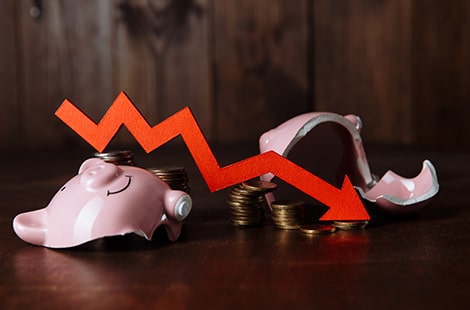On a global scale, counterfeit goods are a widespread challenge. Earlier, these products were only available offline, but with everything online, counterfeit goods have also shifted to the e-commerce space.
Counterfeit products lead to a long-term impact on your brand and can result in substantial reputation damage to your product – aside from the loss of sales. They infringe upon your copyright, trademark, and intellectual property rights. Moreover, fighting with these cybercriminals also results in the wastage of precious resources including time. According to a Global Brand Counterfeiting Report, the world counterfeiting market stood at around $1.82 trillion by 2020. Laxity in vigilance during the pandemic era is believed to have further boosted this online counterfeiting market. Counterfeiting not only degrades the quality and integrity of a brand but also poses a threat to the consumer’s health when the counterfeited product is a medicine.
Since counterfeiters also use advanced technologies, it’s getting tougher to differentiate between original and fake products. Here are some steps for protecting your brand from counterfeiters:
Registration
While registering your intellectual property rights might seem like an expensive affair, it can save you from damages down the line – in case counterfeiters infringe upon your property rights. Trademarks such as licenses, patents, industrial designs, etc., can further secure your brand.
Resources
Some online resources are available for free and can guide you towards better protection of your property rights. They not only keep you updated about various developing counterfeit threats but also how to combat them.
Counterfeit products
With access to modern technology, counterfeiters make it difficult to differentiate between the real thing and the fake one. Therefore, when you see a product being sold at a very low price, it should serve as a red herring, and you should check its vendor to see if it’s a fake. You should also look for misspellings, which often give away a fake look-alike product.
Anti-counterfeit Tools
With a spiraling rise in counterfeiters, many anti-counterfeiting solutions and programs are being developed to help brand owners protect their products and intellectual properties. An example is ‘Brand Registry’ by Amazon which gets vendors to provide more detailed information about their products including IP, to protect them from counterfeiters. It also helps them to recognize counterfeiters and act against them.
Social media
Monitor social media content aside from online e-commerce solutions, to get updates on any counterfeit variations of your brand. Many social media sites including Facebook and Instagram have marketing solutions where counterfeit products can be marketed illegally. If you have enabled brand protection, then enforced removal of these duplicate products can be completed within a few hours.
Anti-counterfeit Technology
You need to counter modern counterfeiting methods with anti-counterfeiting packaging technologies that go beyond the QR codes and holograms. An example of the latest anti-counterfeiting solutions include crypto signatures on smart product packaging. This is an innovative digital anti-counterfeiting technology that offers fool-proof brand authentication to keep fraudulent products out of the supply chain.



